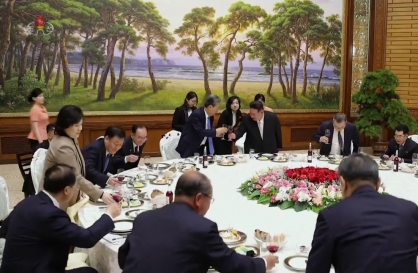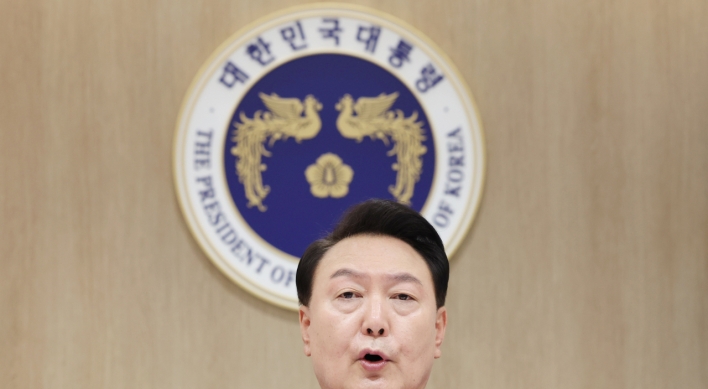
The drop in population affects regions and cities in the country differently. The population of Seoul, for example, peaked at nearly 11 million in 1992 and then dropped to about 10 million with the construction of satellite cities in Bundang, Ilsan, and other areas of Gyeonggi Province. After staying steady for years, the population has recently begun to drop because of the high cost of housing. This narrative suggests that housing affordability, not employment or educational opportunities, is the main cause for the decline.
Other major regional cities, such as Busan, Daegu, Gwangju, and Daejeon have seen declines accelerate in recent years. Rather than housing affordability as in Seoul, these cities have declined as manufacturing jobs and an aging population have weakened local economies.
Rural areas, meanwhile, have been in decline since the 1960s when industrial development caused a mass movement to cities. The aging of the population in recent decades has accelerated population decline, endangering the existence of most small villages and many towns. If current trends hold, much of rural Korea will be empty by the middle of the century.
The focus on large cities and rural villages in discussions of population overlooks two other important dynamics: metropolitan areas that include smaller cities, both old and new. Part of this is because metropolitan areas are not well defined in South Korea. Definitions of metropolitan areas vary somewhat but the most common definition is a central city (or cities) and neighboring towns and suburbs that form a mostly urban region with a high degree of economic and cultural integration.
The definition of the capital region, which is commonly used to refer to Seoul, Incheon, and Gyeonggi Province, is based on three subnational administrative divisions, not population density and integration. Using the metropolitan area definition, which excludes remote rural areas in Gyeonggi Province, the population would be 23 million instead of the 26 million in the three administrative division.
The problem of administrative division is greater in discussing other large regional cities. The southeast corner of the country contains three cities—Busan, Ulsan, and Changwon—over one million people. Busan and Ulsan and independent divisions known as “metropolitan cities,” but Changwon is not and remains part of South Gyeongsang Province. The swath of cities from Ulsan to Changwon also includes Geoje, Gimhae, and Yangsan, which together have 1.15 million people. Taken together, the entire Busan-Ulsan-Changwon area has a population of 6.75 million, with half the population living in Busan.
The case of Daejeon and Sejong City is interesting because, though they share a border, they are rarely discussed as a single urbanized area with a high degree of interaction. Also nearby is Cheongju with a population of 840,000. Together, the three cities form a tri-city metropolitan area with 2.7 million people.
Daegu is another example. Some surrounding areas are highly urbanized, and the city has close connections to nearby Gumi. The Daegu metropolitan area, including adjacent Gyeongsan, urbanized Chilgok County, and Gumi has about 3.275 million people.
Compared to many other advanced nations, the area of major South Korean cities is large, which shifts the balance of population toward the core city. Gwangju has no other urbanized areas around it, except for Naju. Gwangju has 1.495 million people and Naju, with only 105,000 brings the metropolitan area to 1.6 million.
Looking at South Korean cities as metropolitan areas presents a more accurate picture of population distribution and evolution in the country. It also allows for a more accurate analysis of reasons for population change within metropolitan areas, which offers insight into broader demographic trends. Why, for example, do some parts of metropolitan areas prosper, whereas others decline?
Changes in the Busan-Ulsan-Changwon metropolitan area show that stable employment in industrial companies creates a consumer base that supports new development, forcing older central areas into decline. The same trend is even starker in the Daejeon-Cheongju-Sejong metropolitan area because of the number of stable government jobs.
Finally, an important question is how cities in metropolitan areas can work together to improve the quality of life and promote economic prosperity. They can start by viewing themselves as part of a larger metropolitan whole that, in the age of population decline, benefits most from cooperation.
Robert J. Fouser
Robert J. Fouser, a former associate professor of Korean language education at Seoul National University, writes on Korea from Providence, Rhode Island. He can be reached at robertjfouser@gmail.com. -- Ed.
-
Articles by Korea Herald




















